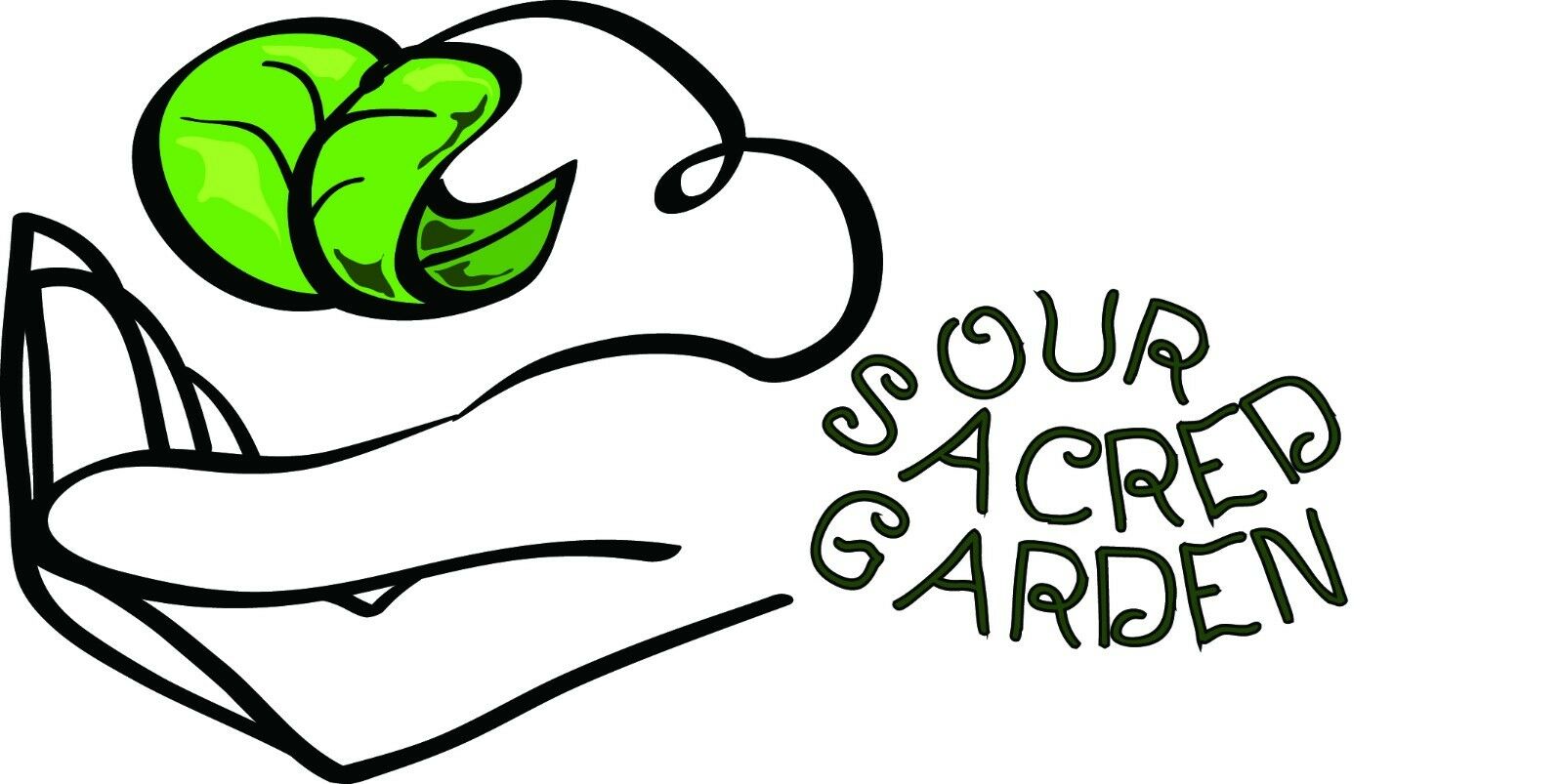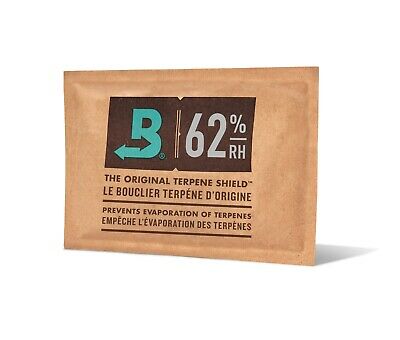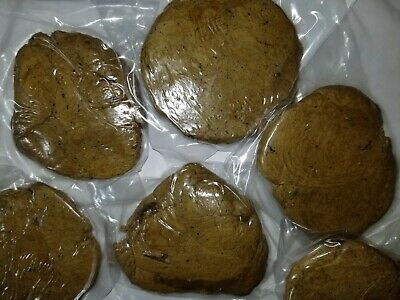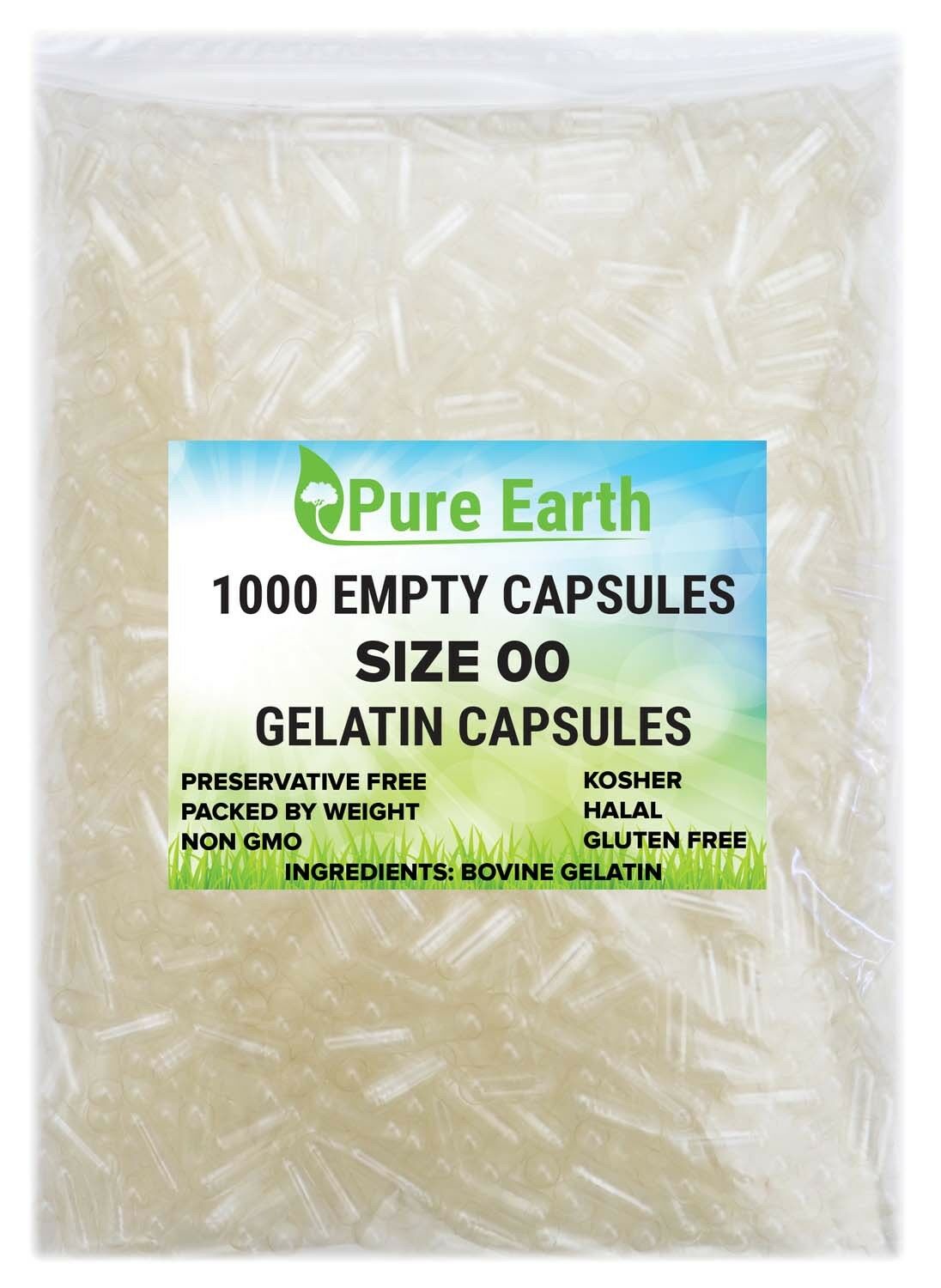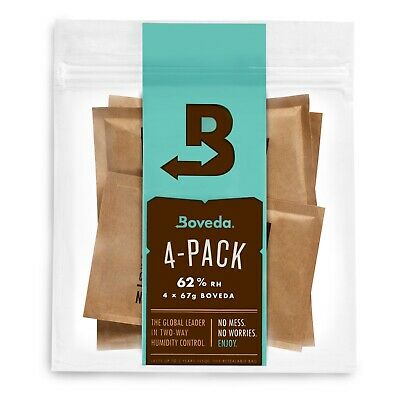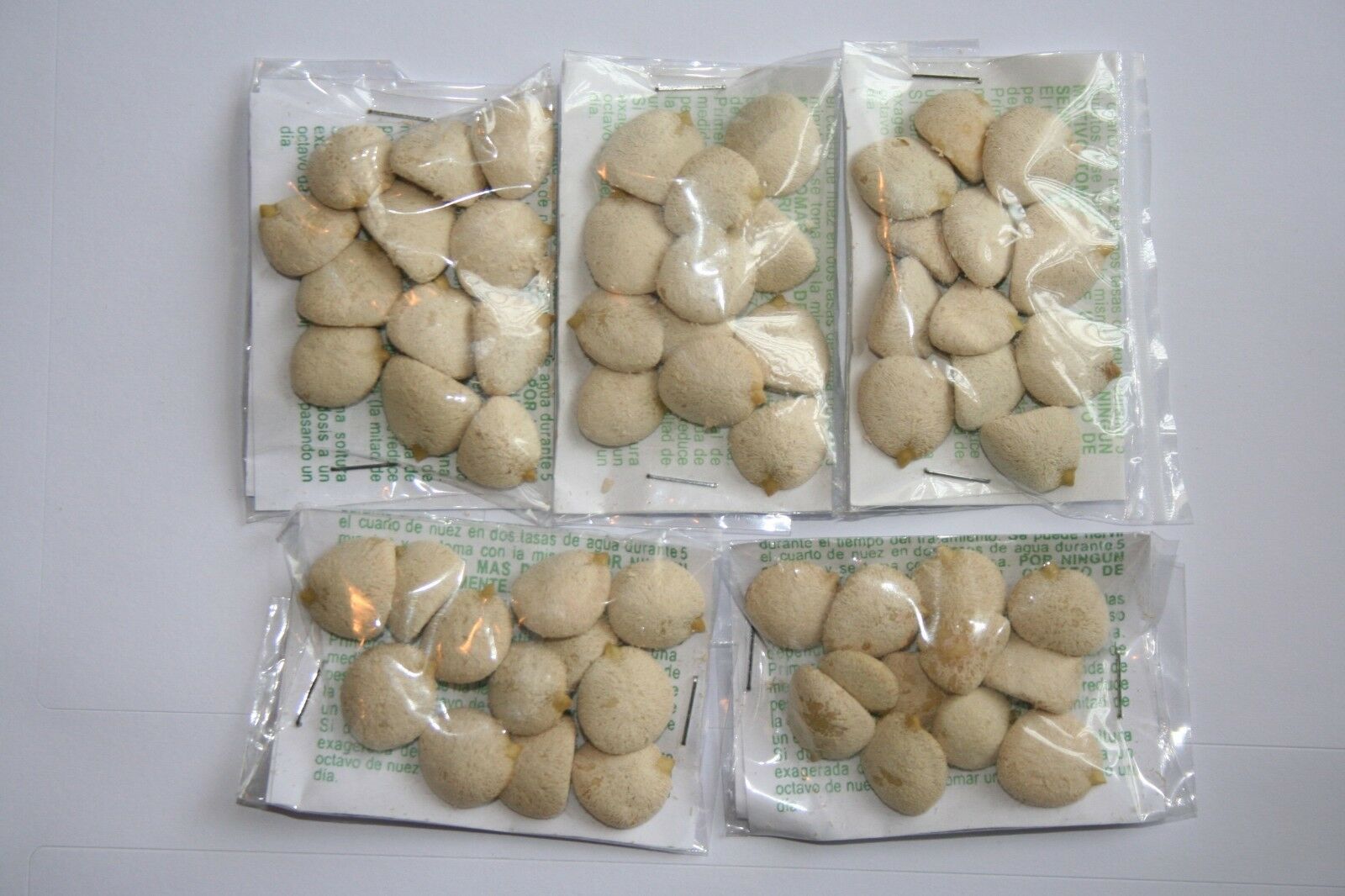-40%
8 oz. Gotu Kola Leaf Powder (Centella asiatica) Organic
€ 7.28
- Description
- Size Guide
Description
Common NameStandardized: gotu kola
Other: Asiatic pennywort, Indian pennywort, ji xue cao (Chinese), hierba de clavo, sombrerito (Spanish)
1
mandukaparni
Botanical Name
Centella asiatica
(L.) Urb.
1
Plant Family:
Apiaceae
Synonyms
Hydrocotyle asiatica
L.
1
Overview
Gotu kola is known throughout the Asian world as a potent medicinal herb and a tasty food. It has been utilized for thousands of years in both traditional Chinese medicine (TCM) and Ayurveda for its wound healing properties and for its positive effect on memory and focus. Just recently its value has been recognized in the U.S. as an herb that supports cognition and vascular health.
Botany
Centella asiatica
is a low growing creeping perennial herb that likes hot, moist climates in the South and Southeast Asian tropics.
3
It is native to India, Japan, China, Indonesia, South Africa, Sri Lanka, and the South Pacific.
1,4
Centella
loves to grow near slowly moving water (one of its common names in Ayurveda is 'mandukaparni' which means frog-leafed as this plant grows in swampy areas).
3
It has small round bright green leaves with white, light purple or pink flowers, and produces an oval shaped fruit.
4
As a member of the carrot or
Apiaceace
family, it is related to many other popular foods and medicinal spices such as parsley (
Petroselinum crispum
), cumin (
Cuminum cyminum
), fennel (
Foeniculum vulgare
), angelica (
Angelica archangelica
), and cilantro (
Coriandrum sativum
). In Spanish is it referred to as 'sombrerito' which means little hat and alludes to the shape of the leaf.
1
In the Sri Lankan Singhalese language, 'gotu kola' means cup-shaped leaf. In Sri Lanka it is common knowledge that elephants, who have a reputation of a long life and a great memory, eat the plant. The locals follow their example, eating a few leaves a day.
3,5
Gotu kola could possibly be confused with the caffeine-containing kola nut (
Cola nitida
),
4
or bacopa (
Bacopa monnieri
), the latter often sold under the same Ayurvedic name 'brahmi' or 'mandukaparni'. However, gotu kola is certainly not a stimulant like kola nut and is in an entirely different family than bacopa.
2,3
These two plants are confused however, because, in Ayurveda, they do have similar energetic characteristics.
3
Cultivation And Harvesting
India produces most of the gotu kola for commerce, although Madagascar is thought to produce superior quality.
5
History And Folklore
Gotu kola (
Centella asiatica
) has been used for thousands of years in India, China, and Indonesia.
4
It is used in Ayurveda to soothe mental turbulence. Further, it is used externally for skin issues.
2
It is one of those herbs that is tri-doshic or brings balance to all three of the Ayurvedic body types, vata, pitta, and kapha.
3
Gotu kola’s ancient use is recorded in the Chinese
Shennong Herbal
(1
st
-2
nd
century CE).
5
It is referred to as 'the fountain of life' in China as a legend boasts that a gotu kola-eating herbalist lived for over 200 years.
4
This herb, called 'ji xue cao', is used in traditional Chinese medicine (TCM).
It is commonly eaten as a salad green, eaten raw and sold as fresh juice in many Asian countries.
3
Rich in nutrients, gotu kola is a nourishing plant that is sweet and bitter in flavor, and is often eaten in a variety of Asian dishes. A typical dish consists of shredded gotu kola leaves, shallots, lime juice, chili, and coconut flakes.
6
Gotu kola is a medicinal plant known throughout Asia as for its calming effect.
Flavor Notes And Energetics
Sweet, bitter, and astringent in taste. Energetically cooling.
2
Herbal Actions
Tonic, analgesic, febrifuge, alterative, diuretic, vulnerary, rejuvenative, anthelmintic
2
Uses And Preparations
Dried above ground parts as a tea, tincture, ground and encapsulated, or made into a topical application
Fresh above ground parts as a tincture
Constituents
Triterpenoid saponins such as asiaticoside, oxyasiaticoside, and madecassoside, centelloside, centellasponins, brahmoside, brahminoside, thankunoside, isothankunoside, sapogenins from various chemotypes such as asiatic, madecassic, centellic, indocentoic, brahmic, thankunic, isothankunic acids, volatile oil, rhamnose, arabinose, glucose, fructose, sucrose, rafinose, pectin, centellose, glycerides of oleic, linoleic, lignoceric, palmitic, stearic, linolenic and elaidic acids, steroids, amino acids, flavanols, polyphenals, tannins, carotenoids, villarin, and ascorbic acid.
7
Precautions
Specific:
No known precautions.
General:
We recommend that you consult with a qualified healthcare practitioner before using herbal products, particularly if you are pregnant, nursing, or on any medications.
References
United States Department of Agriculture Agricultural Research Service, Beltsville Area Germplasm Resources Information Network (GRIN).
Mcintyre A.
The Ayurvedic Bible: The definitive guide to Ayurvedic Healing
: Ontario; Firefly Books Ltd. 2012.
Khalsa Singh KP, Tierra M.
The way of Ayurvedic herbs
. Twin Lakes: Lotus Press; 2008.
Gotu Kola. University of Maryland Medical Center website. 2001.
Engels G, Brinckmann J. Gotu Kola.
HerbalGram
. 2011; Issue: 90 Page: 1-5 American Botanical Council; Austin, TX.
Global Gourmet.
Khan, I. A., & Abourashed, E. A. (2011). Leung's encyclopedia of common natural ingredients: used in food, drugs and cosmetics. John Wiley & Sons.
Your browser does not support JavaScript. To view this page, enable JavaScript if it is disabled or upgrade your browser.

